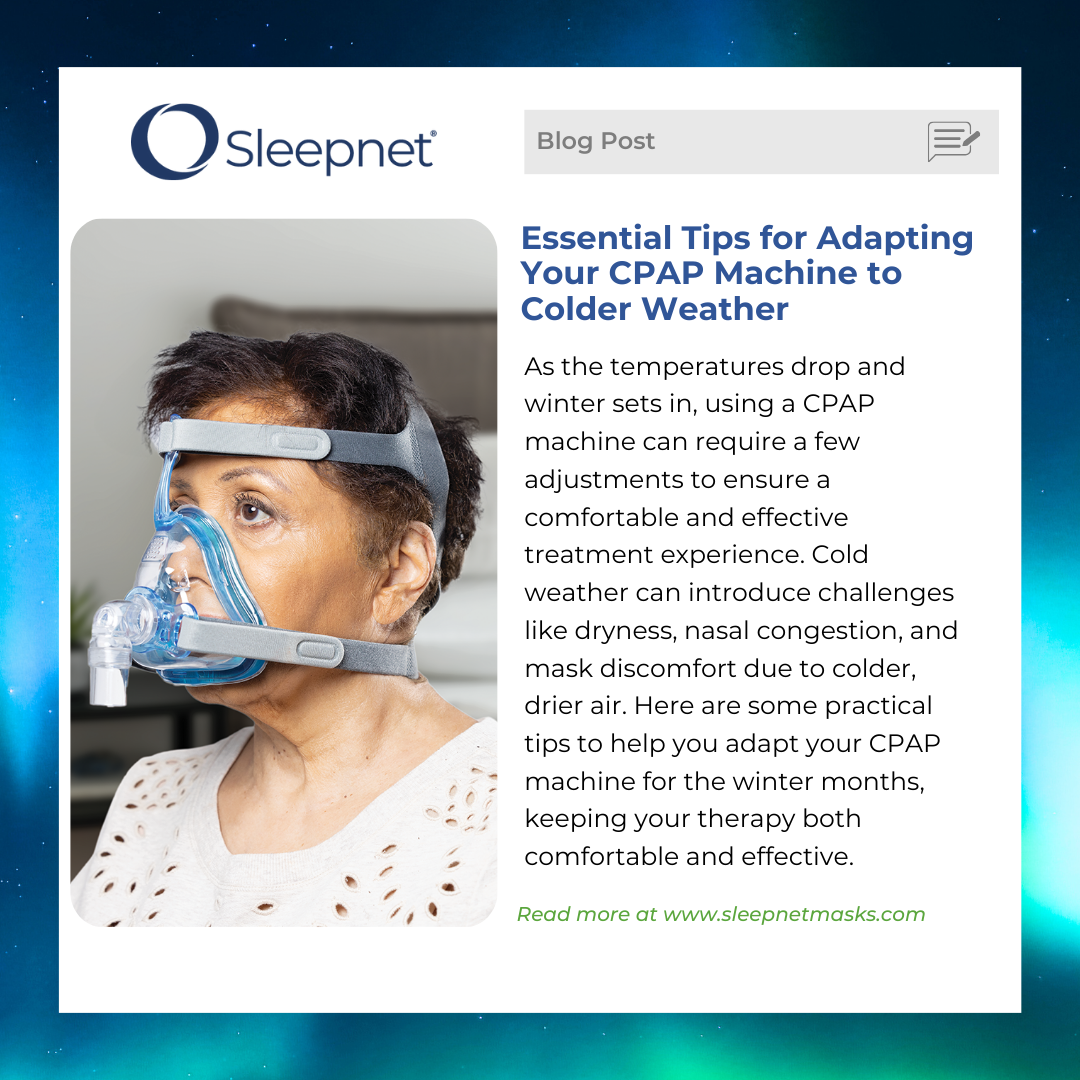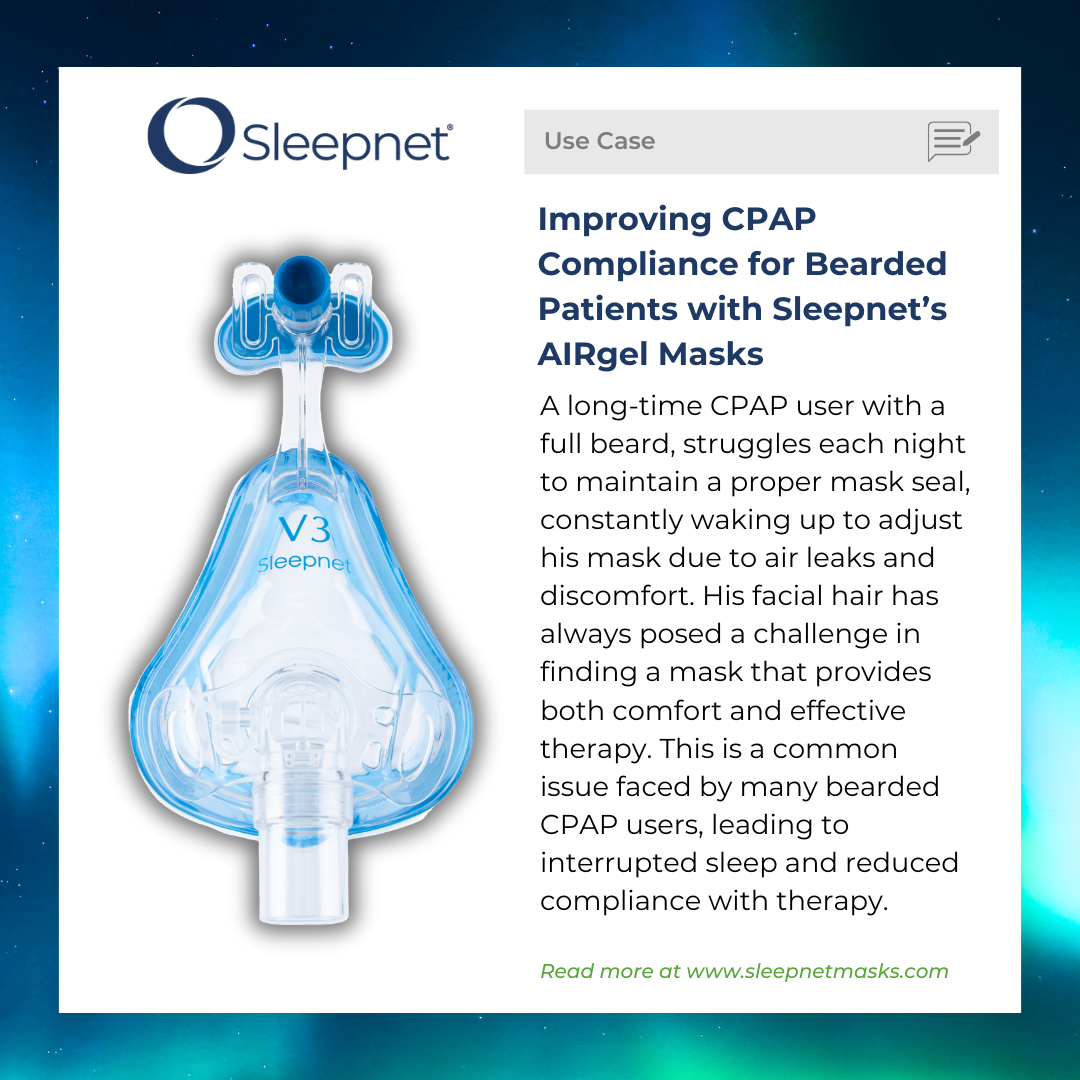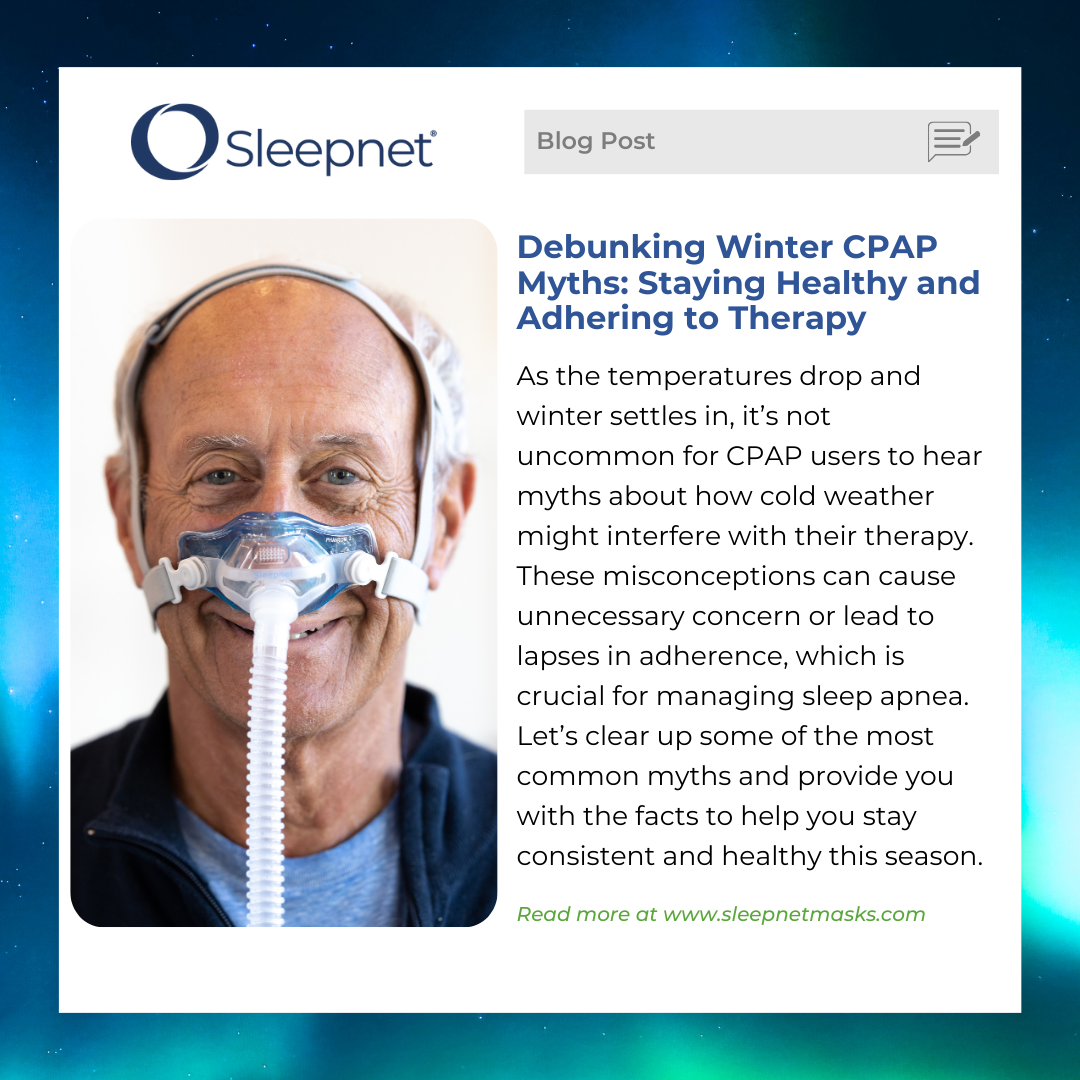Essential Tips for Adapting Your CPAP Machine to Colder Weather
As the temperatures drop and winter sets in, using a CPAP machine can require a few adjustments to ensure a comfortable and effective treatment experience. Cold weather can introduce challenges like dryness, nasal congestion, and mask discomfort due to colder, drier air. Here are some practical tips to help you adapt your CPAP machine for the winter months, keeping your therapy both comfortable and effective.
1. Use a Heated Humidifier
Cold, dry air can cause discomfort and irritate your airways. Using a heated humidifier in your CPAP machine can add moisture to the air you breathe, reducing dryness in the nasal passages and throat. (Sleep Foundation 2024, “CPAP Humidification”).
2. Consider a Heated Hose
A heated hose can help maintain the air temperature in your tubing, minimizing condensation buildup, commonly known as “rainout.” This can be particularly helpful if you sleep in a cooler room. Many CPAP suppliers provide heated hose options that are compatible with most machines. Sleep Foundation notes that heated hoses are an effective way to keep air temperature stable in colder climates (Sleep Foundation 2024, “CPAP Humidification”).
3. Add a Hose Cover
If a heated hose isn’t an option, a hose cover can serve as insulation, helping to prevent condensation. Hose covers made from fleece or other insulating materials are affordable and help maintain warmth along the tubing, reducing moisture that could impact your therapy.
4. Keep Your Room at a Comfortable Temperature
Cold air can make CPAP therapy uncomfortable, so aim to keep your room at a moderate temperature. The National Sleep Foundation suggests a bedroom temperature of around 65°F to promote good sleep quality without overly drying out your CPAP’s airflow (National Sleep Foundation 2023, “The Best Temperature for Sleep”).
5. Increase Hydration and Use Saline Spray
Winter dryness can also cause nasal discomfort during CPAP therapy. Staying well-hydrated throughout the day and using a saline spray before bed can help keep nasal passages moisturized, reducing the chance of nasal congestion and dryness (Mayo Clinic 2023, “Nasal CPAP and Dryness”).
6. Regular Maintenance and Cleaning
Cold weather can bring in more dust and other particles that may accumulate in your CPAP equipment. Cleaning your CPAP mask, tubing, and humidifier chamber regularly is essential for maintaining optimal airflow and reducing the risk of respiratory issues. The American Lung Association emphasizes that regular cleaning of CPAP components is critical to ensure hygienic therapy, especially during cold and flu season (American Lung Association 2023, “CPAP Cleaning Tips”).
Wrapping Up
Preparing your CPAP for winter comfort doesn’t require much—simple changes like adding a heated humidifier, using a hose cover, or trying a saline spray can greatly improve your experience. These easy adjustments ensure you enjoy restful nights throughout the colder months without compromising the quality of your CPAP therapy.



